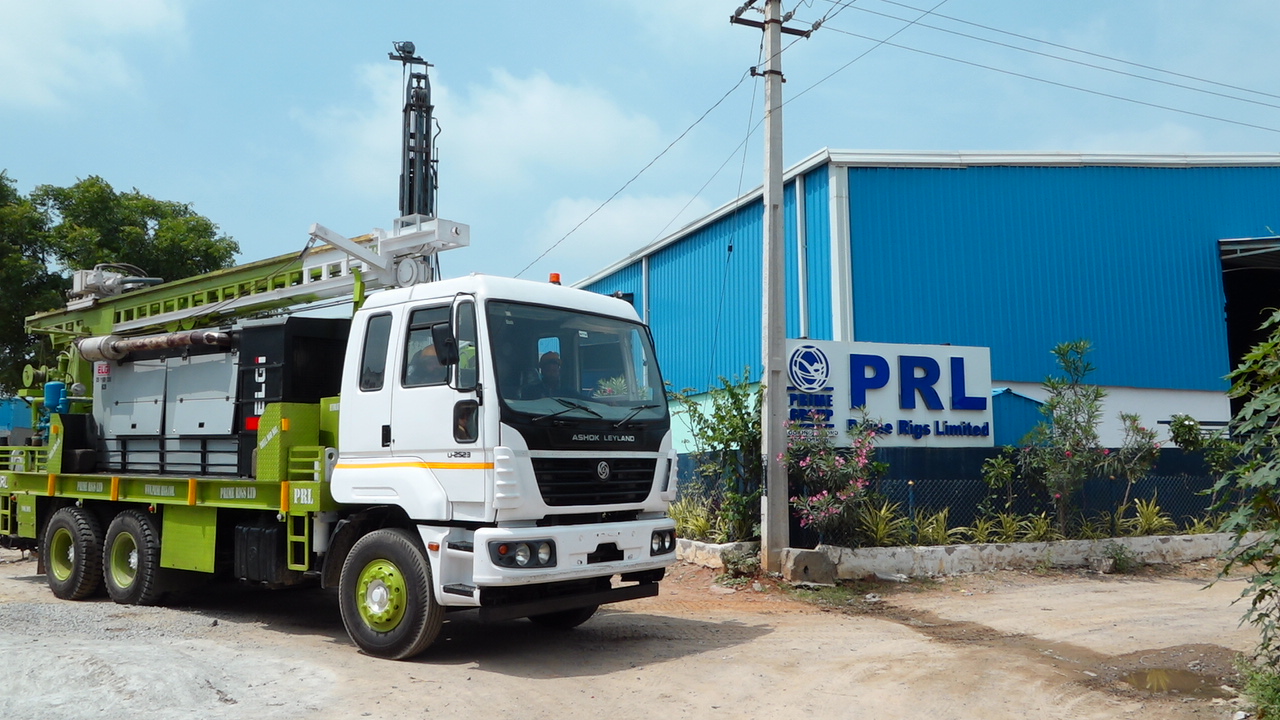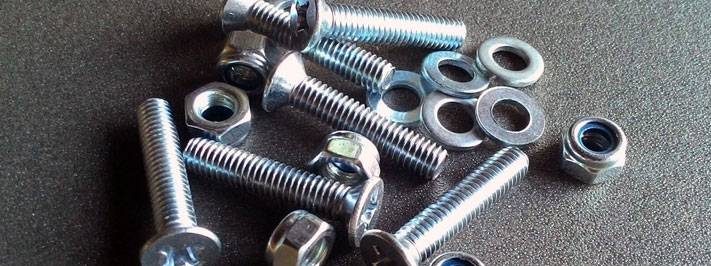A blast hole drill rig’s ruckus marks the beginning of something large: a new road, a soaring skyscraper, or a crucial mining operation. But a critical choice has to be taken about the appropriate blast hole drilling gear for the project before the blasting starts. There are many configurations for this strong but specialized tool; selecting the incorrect one can cause delays, inefficiencies, or even safety concerns. These are some important factors to guarantee you choose the ideal blast hole rigs to drill down to project success:
1. Project Requirements: Appropriate Capacity for Your Needs
The first is to fully grasp the particular needs of your project. Think over things like:
Drill depth and diameter of the rig must either reach or surpass the required values for your blasting pattern.
Various rock formations call for varied drilling methods. While some rigs shine at managing hard and abrasive formations, others are better suited for soft rock.
Will the rig be running in a limited area, a slope, or level ground? Think through the rig’s mobility and stability needs depending on the ground.
Daily drilling requirements: How many holes do you need produced? The drilling speed and efficiency of the rig should fit your whole production plan.
2. Rig Size and Layout: Complementing Project Power
From tiny units for modest projects to large machines adept of drilling deep holes in difficult terrain, blast hole drill rigs exist in several sizes. Think about the trade-off in mobility against power. Large-scale mining activities depend on a strong-powered rig. On smaller building projects or in confined areas, a more compact and nimble rig might be better suited, nevertheless.
3. Options and Drilling Technology
Blast hole rigs use two basic kind of drilling technologies:
This approach of rotary hammer drilling breaks apart rock formations using a strong hammer movement. For light to medium-hard rock, it provides effective drilling rates.
Using a down-hole hammer, this technique known as down-the- hole (DTH) drilling sends high-impact strikes straight to the bottom of the hole. Hard and rough rock formations would be better suited for it.
4. Environmental Factors: Reducing Effect
Features to reduce environmental effect are progressively included into modern blast hole drill rigs. These qualities might consist of:
By lowering dust creation during drilling, dust suppression devices help to improve air quality for nearby populations and workers.
Choosing a rig with a fuel-efficient engine can help you to lower your carbon footprint and support a more environmentally friendly building technique.
Several rigs include muted engines and soundproofed cabins to help to reduce noise pollution at the work site.
5. Support and Service System
Any building tool depends critically on dependable after-sales assistance and maintenance. Select a blast hole rig producer or dealer with a solid track record of quick and effective service. Make sure they have certified experts on hand to handle any maintenance or repair requirements. Take also into account the availability of replacement parts to save downtime in case of unanticipated problems.
Conclusion
Choosing the correct blast drill rig is a critical choice that will greatly affect the outcome of your operation. Carefully evaluating your project requirements, matching rig capabilities to your needs, investigating drilling technologies, and giving environmental responsibility and support top priority will help you to select the ideal drilling partner to open the path for a flawless and effective operation. Recall that the correct rig will enable you to drill down to success, therefore guaranteeing that your project launches off into a successful start.



